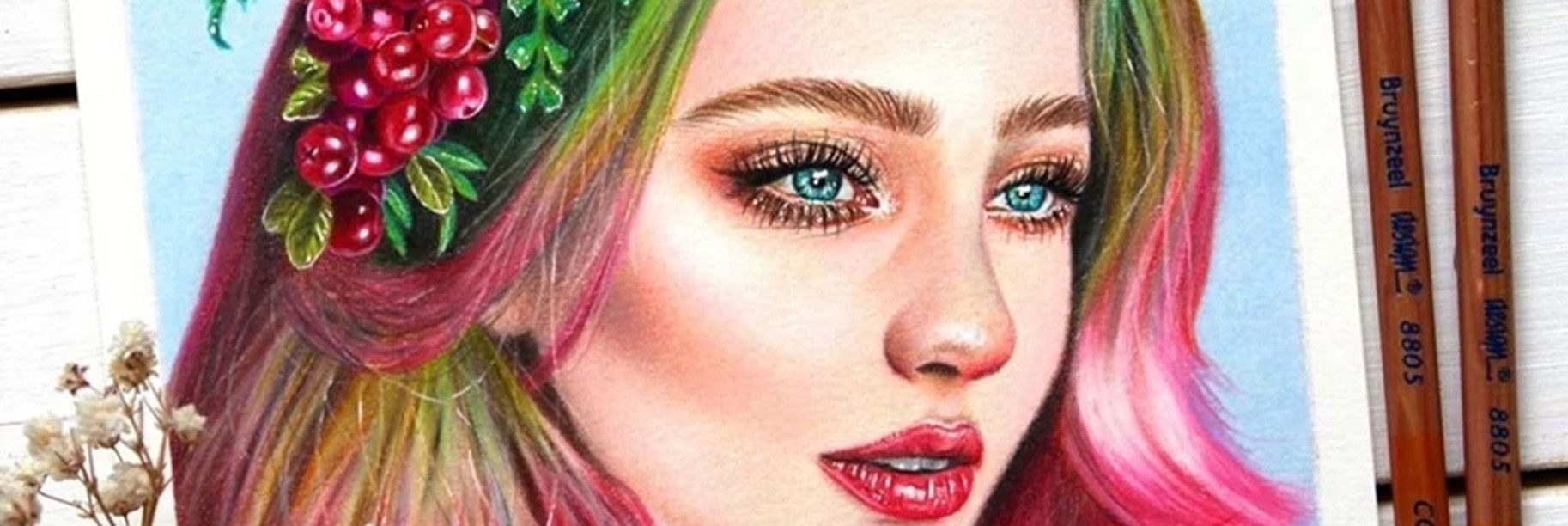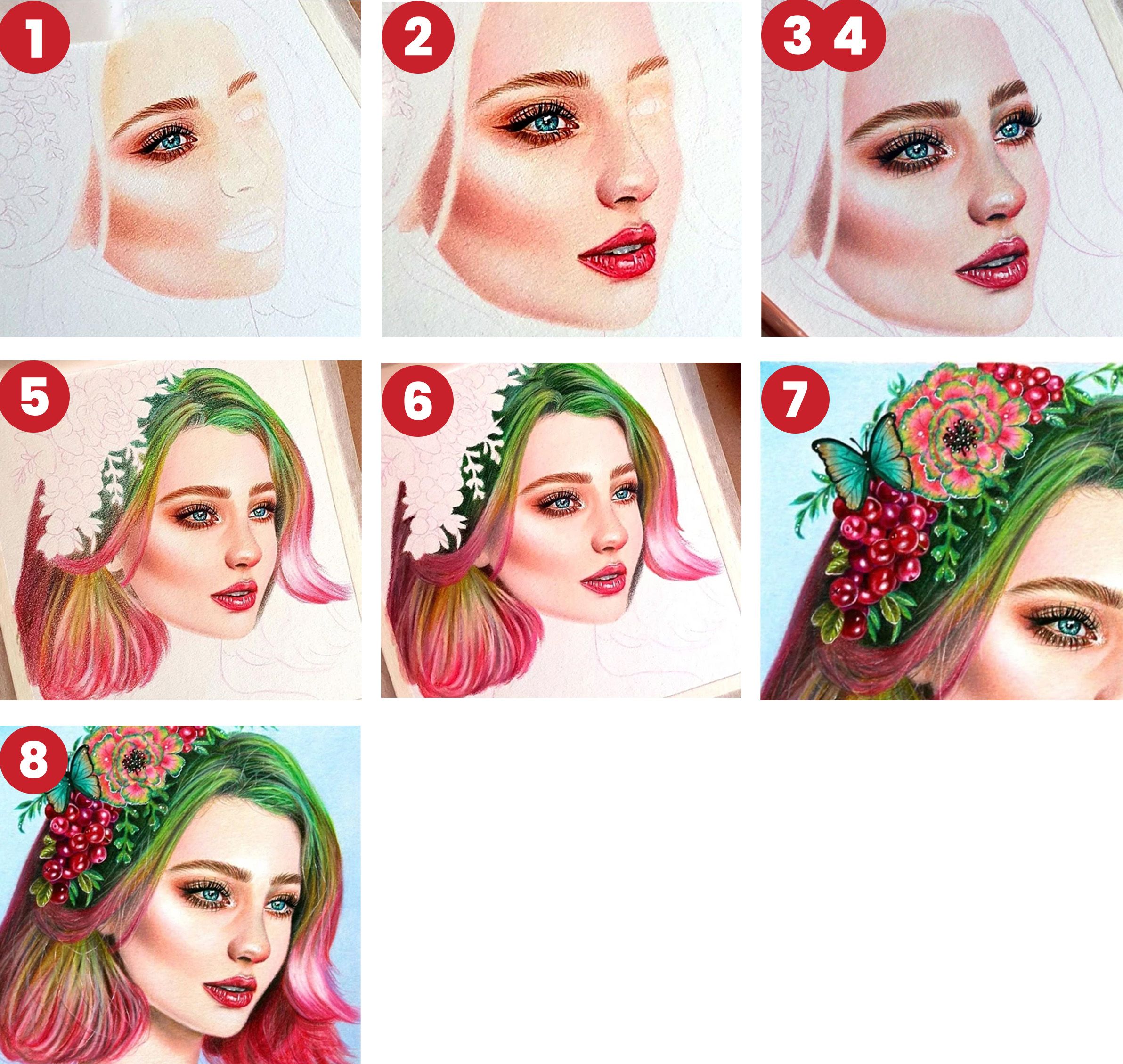Shop Now
- Copic
-
Painting
-
Paint
- Acrylic
- Oil Colour
- Water Mixable Oil
- Gouache
- Watercolour
- Decorative
-
Inks
- Atelier Acrylic Inks
- Sakura Oil Printing Colours
-
Permaset Screenprinting Ink
-
Permaset Aqua Standard
- Permaset Aqua Standard 100ml
- Permaset Aqua Metallic 100ml
- Permaset Aqua Standard 300ml
- Permaset Aqua Glow 300ml
- Permaset Aqua Metallic 300ml
- Permaset Aqua Standard 1Lt
- Permaset Aqua Process Colours 1Lt
- Permaset Aqua Glow 1Lt
- Permaset Aqua Metallic 1Lt
- Permaset Aqua Standard 4Lt
- Permaset Aqua Process Colours 4Lt
- Permaset Aqua Glow 4Lt
- Permaset Aqua Metallic 4Lt
- Permaprint Premium
- Permaset Aqua Supercover
- Screenprinting Sets
- Print Paste
- Screenprinting Accessories
-
Permaset Aqua Standard
- Amsterdam Acrylic Inks
- Mediums
- Canvas and Surfaces
- Brushes and Tools
-
Paint
-
Drawing
- Markers
- Pens
- Pencils
- Pastels
- Inks
- Drawing Surfaces
- Accessories
- Surfaces
- MABEF Easels
- Craft & Cutting
- Adhesives & Tape
- Display & Storage
- Framing Supplies
- Monumental Masons
- Talens
- Tutorials
- X-Press It
- Acrylic Paint
- Acrylic Pouring
- Art
- Art Creations
- Australian Artist
- Blending
- Chroma
- Cobra Water Mixable Oil Colours
- Colour Mixing
- Copic
- Deco Tape
- Double Sided Tape
- Drawing
- Ecoline
- Fineliners
- Gel Pens
- Gelly Roll
- Hand Lettering
- Koi Watercolours
- Lightfastness
- Mixed Media
- Oil Painting
- Oil Pastels
- Paint Markers
- Painting
- Pastels
- Pencils
- Permanent Markers
- Pigma Micron
- Pouring Art
- Rembrandt
- Sakura
- Soft Pastels
- Solvent Free Oil Painting
- Step By Step Tutorials
- Storage
- Talens
- Tips & Techniques
- Van Gogh
- Watercolour Brush Pens
- Watercolours
- X-Press It Craft
- Metal Leaf
- Glue
- Adhesives
- Alcohol Markers
- Copic Sketch
- Copic Classic
- Copic Ciao
- Copic Ink
- Airbrushing
- Refillable
- Alcohol Ink Art Techniques
A girl with flowers in her hair, drawing a portrait in colour pencils
Drawing realistic portraits is notoriously difficult to pull off. Have you always wanted to draw a beautiful portrait using coloured pencils? This step-by-step plan will teach you some very useful tips and tricks to practise your portrait drawing skills! Pick out a reference photo you would like to draw and let’s begin!
To make this plan a little easier to follow, we divided the artwork into three parts: the face, the hair and the flower hair accessory.
What you need:
- Cotton white paper (180 g/m²)
- Graphite pencil
- Bruynzeel Design colour pencils
- Bruynzeel Expressions colour pencils
- Sakura Gelly Roll pen in white
- Sakura Pigma black fineliner
- Pencil sharpener
- Precision knife to scrape out some details
Tips:
- Work slowly and in layers, this will give you the most realistic effect.
- Make sure your pencils are sharpened very well, especially when drawing eyelashes, details on the lips and other fine lines.
- For this specific skin tone, I burnished with a white pencil, since the model is very pale.
- Use greys combined with browns instead of black for the shadows on the face to add a natural-looking depth to the skin.
- If you need more help with blending on a more textured surface, you can always use odourless solvents to melt the colour, especially after the first layers.
Step 1:
I usually start a portrait by making a rough sketch using the graphite pencil. I measure the proportions from the reference photo on my computer. It doesn’t have to be exact, but if you want to draw a relative, friend or a celebrity, I suggest using the grid method to make sure the proportions are correct.
Switching to the coloured pencils, I start with the eyes. I select colours that are similar to the colours in the reference picture and add the details.
Step 2:
As I continue to work on the skin around the eyes, I start filling in the nose and cheeks as well. For paler skin tones, like the one in my reference photo, I choose pale colours like peaches, pinks and whites. If the skin is darker, I switch to browns, ochres and earth reds.
Step 3-4:
Now, let’s add blush and contour. Make sure to preserve the highlights on the cheekbones, that makes it easier to accentuate them using the white pencil afterwards. Always use light strokes and layer your colours for a seamless blend. After that, I draw details on the lips and eyebrows and then add light freckles and moles using light browns to make the skin look more realistic.
Step 5:
The hair needs quite a bit of attention as well, since hair is usually the most difficult part to recreate realistically. Do not stress on individual hairs just yet, try to work on strands and work on one section at a time.
It is important to add details to make the hair more realistic, like highlights where the hair is shiny and lowlights where the hair is darker or in the shadows, especially at the roots.
Step 6:
I also love adding stray hairs, or so-called “fly-aways”, because it gives the hair a more realistic look. I use an precision knife or something else sharp to scrape the pigment off the paper and reveal the white of the surface, giving the impression of small hairs. I use this trick for the lips as well, and the fine lines under the eyes. Be careful though, if there is not enough pigment on the paper, this technique will not work, and you will only end up damaging the surface.
Step 7:
Now onto the flower hair accessory. Some colourful and vibrant elements to offset the smoothness of the skin will make your artwork even more interesting. If you are not patient with drawing flowers and/or butterflies, you can just stick to a simple portrait. The white Gelly Roll gel pen and black Pigma fine liner are very helpful here as well, to add light reflections and enhance contrast by creating shadows.
Step 8:
Lastly, I colour in the background.
We hope you enjoyed the process and share your result with us using #RoyalTalensau!
This wonderful step-by-step plan was made for Royal Talens by Alexandra Zeres (@alexandra.zeres.art).



